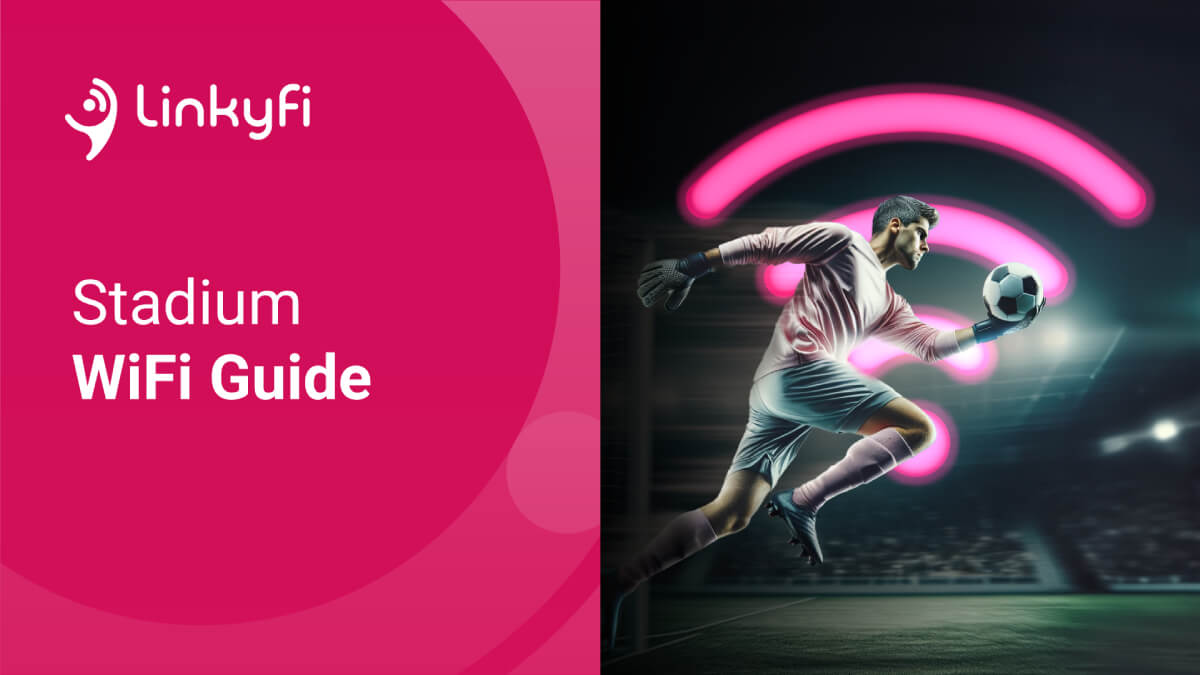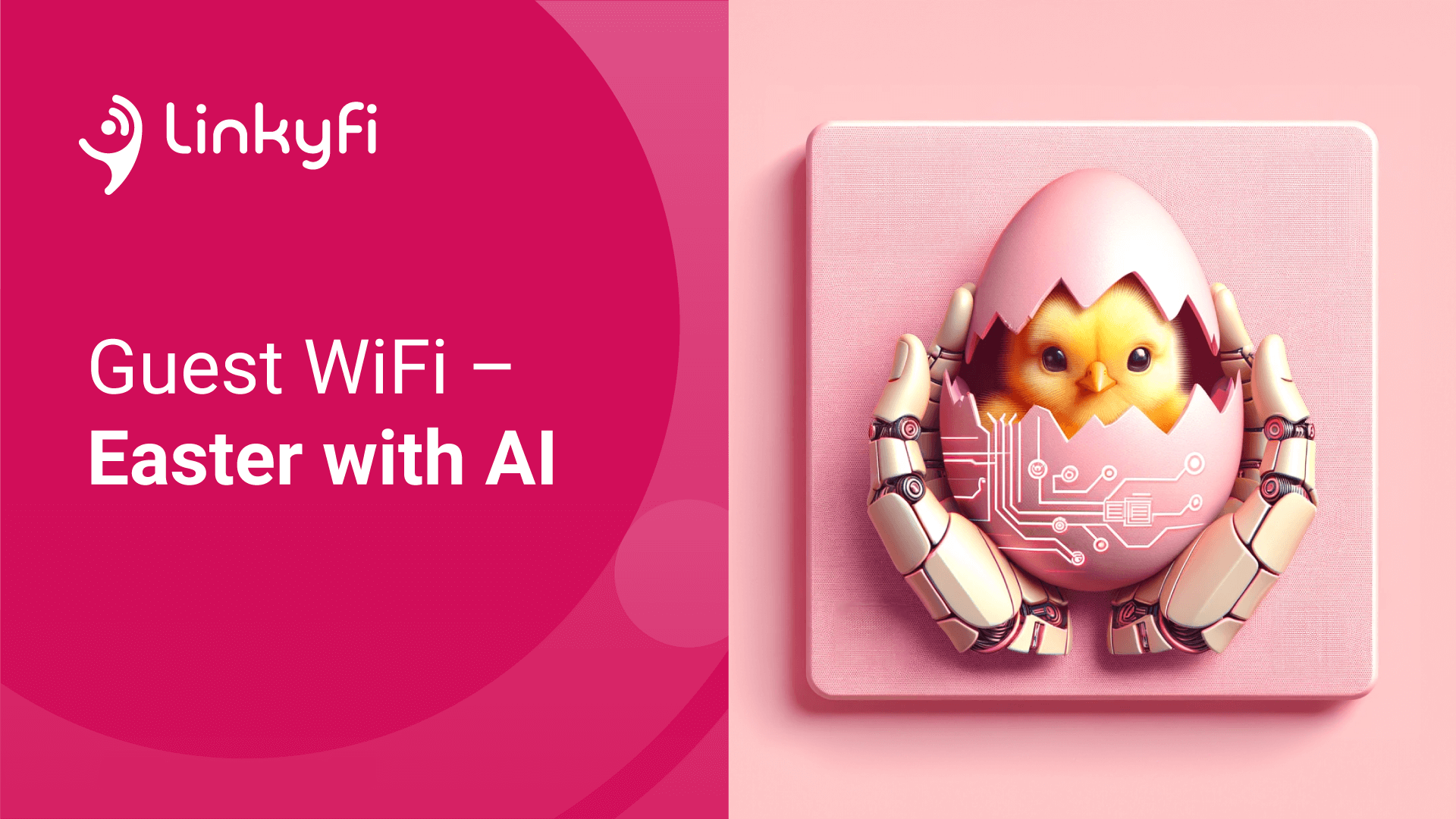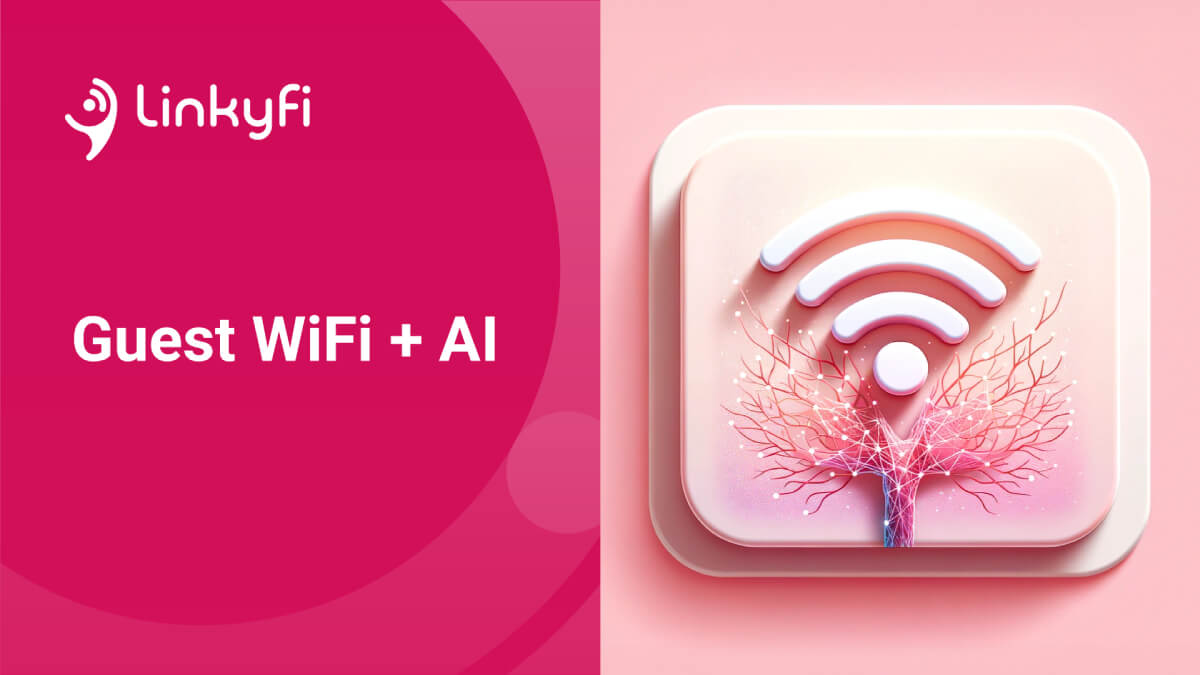Indoor location tracking: 10 benefits that make business sense
Indoor location tracking technology has become an important and must-have solution for large venues. Today, airports, shopping malls, corporate campuses and medical facilities are filled with visitors who are interacting with their locations.
Users are creating data about how they experience locations, data that could help streamline operations and drive better results.
There’s no doubt that a venue can benefit from highly optimized WiFi indoor tracking in various applications to run more efficient operations. But the details of how may be less obvious.
If you wondered about the benefits of implementing an indoor location tracking at your venue, then this blog post is for you. We’re sharing 10 value-based reasons to invest in indoor location tracking technology for your organization.
1. It’s lightweight
The rapid growth of the smartphone market continues to take the world by storm. And equally mesmerizing is the ability of manufacturers to consistently develop faster mobile phones with capabilities only dreamed of a decade ago.
Indoor location tracking using smartphones helps organizations solve some of the most challenging user experiences. Smartphones are built to run various applications, making it easy for venues to enable Indoor Navigation System solutions that pair perfectly with mobile devices.
For example, a large and busy shopping mall that wants to improve guest shopping experiences can offer a lightweight mobile app to visitors. What’s more, venues can make use of indoor navigation system solutions even without an application — navigating directly from a web browser. Such solutions can also include the indoor location functionality to help guide shoppers through the mall to destinations of choice.
![]()
2. Scalable and integratable
As businesses evolve, so does the need for more of the technology they use to integrate. Applications need to be able to communicate seamlessly, sharing information gathered from customers to help businesses develop deeper insights that drive bottom-line results.
Smart indoor tracking technology enables organisations to build smarter technology stacks. Through API access, venues can ensure seamless scalability. Whether it's adding additional devices to expand your network or introducing a new CRM or CMS system, organizations are able to plan, implement and scale tracking technology efficiently for their unique location requirements.
3. Can leverage WiFi
Implementation of new technology, especially where hardware is required, can be expensive. When considering the rollout of an indoor location system, questions around requirements and their capabilities cannot be neglected.
Next-generation indoor location tracking solutions are capable of minimizing the costs associated with sophisticated location systems.
For instance, Linkyfi Location Engine is backwards compatible with older routers. This level of compatibility was developed to save organizations from what could otherwise be an expensive rollout of new hardware. Venues can, therefore, integrate Linkyfi into their existing infrastructure to enhance their networks without breaking the bank.
![]()
4. Provides real-time data
It's been said that data is vital for running well-oiled operations, but we'd argue that the interpretation thereof matters more.
And when it comes to indoor location systems and managing busy venues, the ability to access and quickly understand real-time data on user location, patterns and behaviours is gold. It helps organizations develop smarter and more optimized environments for guests, enhancing their experiences.
For example, in a busy retail outlet, knowing where customers spend more or less time in a stationary position can be lucrative. Customer positioning can be used as an indicator of how to optimize a store design to create a more efficient traffic flow for shoppers.
Indoor tracking data can also be used to maximize the average retail sale value by grouping complementary products. By reviewing data, retailers can use strategic merchandising to place products that customers are likely to search for near each other.
5. Indoor location tracking drives efficiency
Indoor location tracking, while convenient, can also lead to gains such as increased revenue in retail environments or lives saved in hospitals.
It can be used as a means of optimizing paths for users. Through the use of reporting, organizations can develop environments optimized for users.
In hospitals, this could be as simple as learning that admissions for trauma patients have increased over time, and the need for a larger patient intake area and more specialist staff should be prioritized.
Another example would be visitors to a large shopping mall. They benefit from wayfinding solutions in the form of apps on mobile devices to guide them to destinations of interest, without the frustration of walking around aimlessly or fear of taking a wrong turn.
6. Perfect for asset tracking
Managing assets across large locations can be challenging. If lost or missing, organizations can suddenly be crippled, especially if those devices are used for mission-critical tasks.
Indoor location technology solves this problem by tracking all devices active on a network. Venues are capable of spotting where all devices are at all times, making it easy to manage assets and prevent unnecessary and unexpected budget and operational surprises.
7. Convenient for event scheduling and management
Navigating large venues without assistance can be frustrating, especially for guests hoping to attend an event. Indoor location tracking makes it possible to guide guests to an event taking place using mobile phones.
Guests can quickly and easily find events they’re interested in by using a dedicated website. Additional features can include notifications to alert guests of event times, updates and special offers.
![]()
8. Effective for location safety
Location safety is a concern for guests and location managers. While safety and security protocols may be promoted to ensure that guests understand and know how to respond to various situations, urgent and potentially threatening experiences can render people helpless.
Indoor localization solutions can alleviate the cognitive load associated with decision-making in threatening situations. For example, a fire in a large venue might be difficult to navigate for a first-time visitor. Without knowledge of where to find exits, the ability to quickly use a mobile device to find an exit could save a life.
9. In-depth analytics
Analytics have become a staple of the modern enterprise. Analytics help organizations better understand how various factors influence the operations and all stakeholders.
For venues, access to in-depth WiFi location analytics is vital. As covered above, the interpretation of data can translate to increases in revenue or save a life. Location tracking solutions, therefore, do the heavy lifting and make it easier for organizations to arrive at important decisions in less time.
For example, analytics reports can help organizations understand how:
- Guests experience a location through the use of heat maps and foot traffic analysis
- To identify which KPIs to track based on unique location requirements
- Location and behavioural data can also be used to trigger user engagement
- To create a more streamlined location layout and experience for users
![]()
10. Location-based marketing
While location-based marketing isn't a new idea, implementing it has proven tricky for many. Challenges around which technology to use and how to execute marketing initiatives can prove daunting.
Sophisticated indoor location systems are capable of simplifying location-based marketing. Using WiFi, vineyards are able to create targeted marketing campaigns based on accurate user locations.
Venues can deliver personalized emails, text messages or in-app notifications with special offers designed to appeal to specific demographics. And the benefits of this level of engagement include deeper customer-brand relationships, enhanced brand equity and an overall more pleasurable customer experience.
Conclusion
Indoor location tracking is within reach for organisations. Contrary to typical IT infrastructure development project scopes, investing in the right location tracking technology can be more cost-effective than imagined, as organisations are able to leverage existing hardware.
The value of implementing an indoor location tracking system also translates into elevated user experiences and business benefits. Guests can worry less about the logistics involved in finding destinations, while timely business insights help organisations enhance operational efficiencies.
Recommended posts
- WiFi for Stadiums Explained
- Guest WiFi - Easter Marketing with AI: A Step-by-Step Guide
- Guest WiFi + AI: Your Marketing Dream Team!
Subscribe to stay in the loop with all our latest content:
Recommended posts



